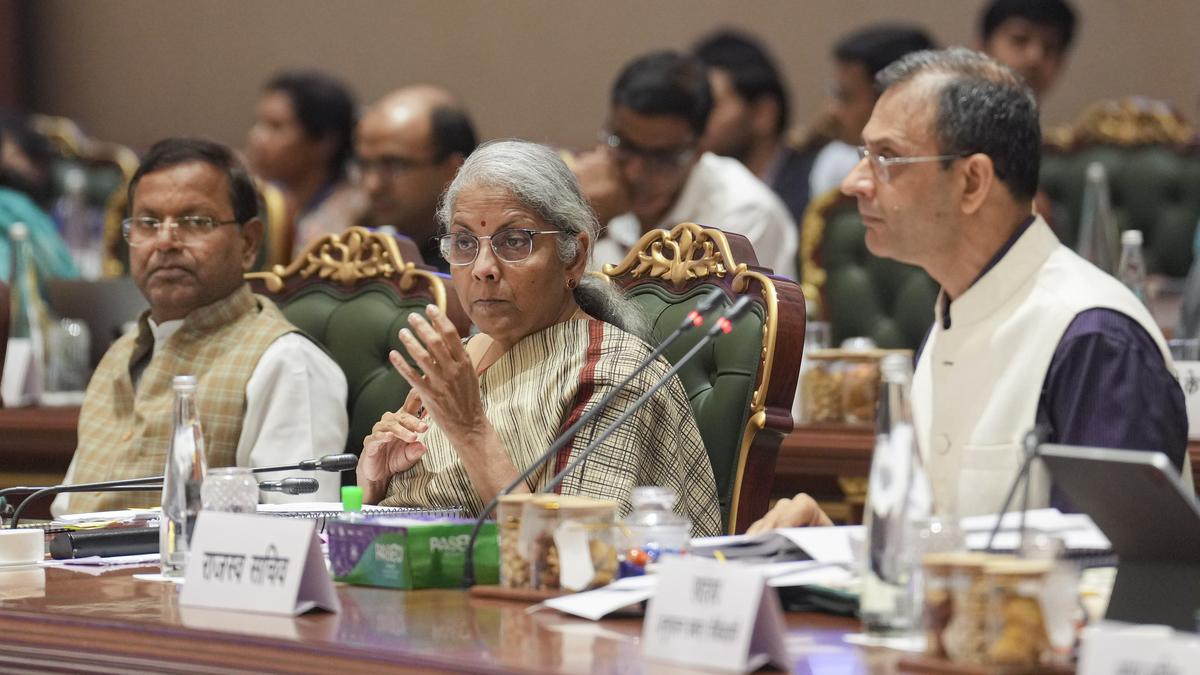The story so far: On June 22, the GST council recommended introducing biometric-based Aadhaar authentication for GST registrations, in a phased manner. In a media interaction after the conclusion of the council meeting, Finance Minister Nirmala Sitharaman stated that the measures endeavour to combat fraudulent input tax credit (ITC) claims made through fake invoices. She highlighted that the measure was formalised based on “good inputs” received from pilot projects run in Gujarat and Puducherry, in addition to a study in Andhra Pradesh.
This is soon expected to be implemented across India. What fraud the measure is trying to mitigate? Input tax credit (ITC) claims are a means to reduce tax liability by indemnifying the tax already paid on inputs for the tax liability computed on the output. Let us say, a manufacturer pays Rs 120 as tax for purchasing certain inputs or raw materials for their business.

Now, their direct tax liability – which is based on the production incurred, is Rs 300. This is where the manufacturer can make an ITC claim. Since s/he has paid a certain portion in taxes for the input procurement, the difference of Rs 180 would be the net payable tax.
Rs 120 is offset by claiming ITC. Since the rollout of the GST regime, a large number of GST frauds involving the use of fake invoices to fraudulently avail an ITC claim, inflate turnovers and/or assist in money laundering have been observed. These frauds are facilitated with the use of fake invoices, that .
















